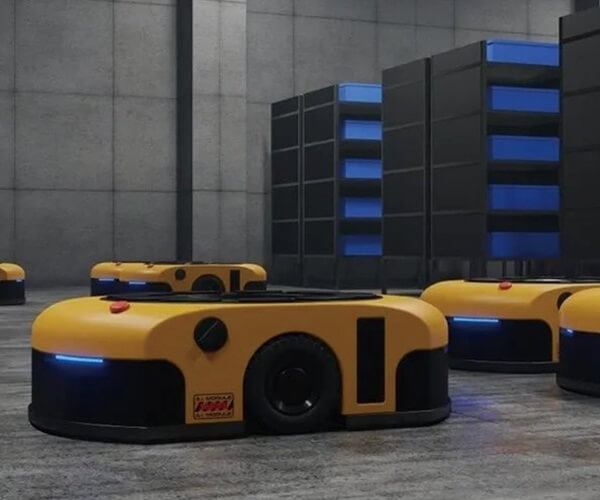Ever wondered how some apps seem to run smoothly, even when they’re doing a million things at once? Think of a bustling restaurant kitchen—each station takes care of its part, yet the guests get served without delay. That’s the magic of microservices, and if you're just stepping into this world, there’s no better way to start than with a solid beginner's guide.

Imagine a world where monolithic applications, all bundled up in one big package, start feeling stale. They turn slow, hard to update, and downright frustrating when things go wrong. Microservices change the game. Instead of one big block, you get tiny, focused services, each handling one piece of the puzzle—think of them like different chefs in the kitchen, each perfecting their specialty. The beauty? They work independently but come together effortlessly to serve up a seamless experience.
Getting into it might feel like trying to understand quantum physics at first—overwhelming and full of jargon. But here’s the truth: you don’t need to be an expert overnight. Setting up a microservice project can be straightforward. Pick your language, set up a simple service, and make it talk to others through APIs. Suddenly, what used to seem like a mountain becomes a bunch of manageable hills.
What about scaling? Well, imagine you launched a feature that suddenly becomes wildly popular. Instead of overloading your whole app, you just spin up another copy of that one service. No fuss, no breakdown, just extra capacity on demand. That’s the power microservices give you.
People often ask, "Isn’t this complicated?" Yes, it can be, but like anything new, the key is to start small. Focus on a single feature, break it into tiny pieces, and gradually piece everything together. Before long, you notice how each part plays nicely with others, and the entire system feels a lot more flexible.
And let's not forget about resilience. When one service crashes, the rest keep humming along. It's like a car where only one wheel gets a flat—you don’t have to abandon the entire ride. That’s stability at its best.
Now, if you're curious about how to pivot from a basic setup to a full-blown microservices architecture, a good starting point is understanding containerization. Docker makes it easy to package services, and orchestration tools like Kubernetes handle the rest—keeping everything running smoothly, even under pressure.
Questions often pop up early on—like, “How do I deal with data sharing?” or “What about security?" Those are legit concerns, but starting with best practices and continuously learning keeps you on the right path. With the right mindset, microservices become not just a tool, but a way of thinking.
A lot of newbie projects stumble because they try to do too much too fast. Instead, focus on small wins. Maybe start by splitting your current app into two or three microservices—test the waters, see how they communicate, and learn as you go. That's how real confidence is built.
Once you get a grasp of the basics, you'll realize microservices aren’t some distant, complex idea—they're an idiomatic way to build systems that are nimble, scalable, and resilient. And honestly, watching something that once felt chaotic turn into an elegant dance of services—that’s pretty satisfying.
In short, stepping into microservices doesn’t have to be intimidating. It’s more like unlocking a new level—full of possibilities, challenges, and growth moments. Dive in, experiment, and watch your projects become more flexible and robust than ever before. You're about to see how small pieces can build something big.
Established in 2005, Kpower has been dedicated to a professional compact motion unit manufacturer, headquartered in Dongguan, Guangdong Province, China. Leveraging innovations in modular drive technology, Kpower integrates high-performance motors, precision reducers, and multi-protocol control systems to provide efficient and customized smart drive system solutions. Kpower has delivered professional drive system solutions to over 500 enterprise clients globally with products covering various fields such as Smart Home Systems, Automatic Electronics, Robotics, Precision Agriculture, Drones, and Industrial Automation.




































